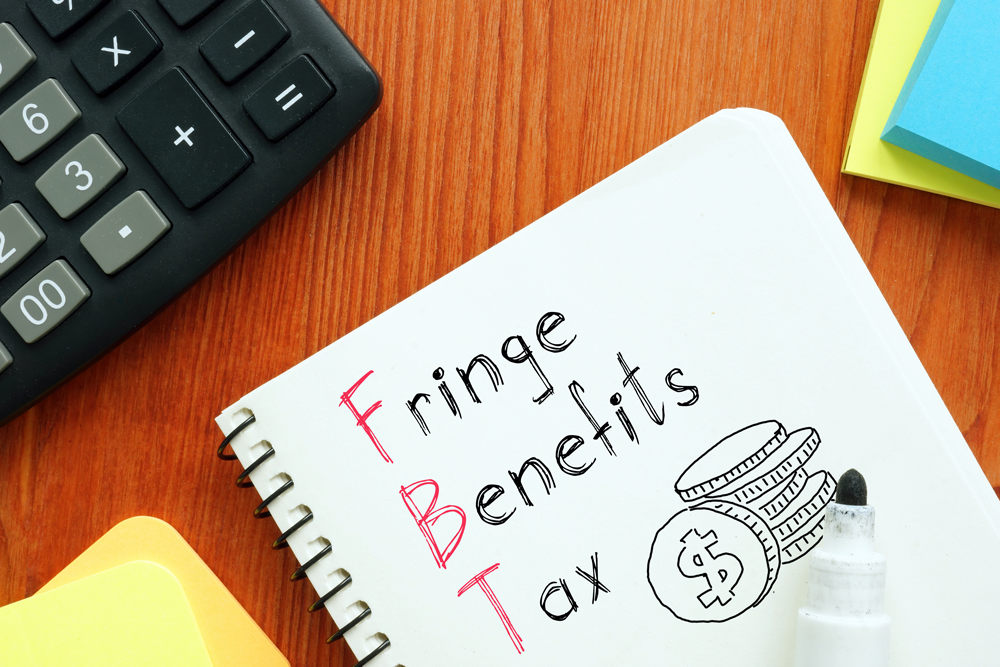Small Business Income Tax Concessions
A small business is eligible for a number of income tax, capital gains tax, GST, fringe benefits tax and superannuation concessions. This article focuses on the “income tax” concessions.
Definition of a Small Business
A small business for income tax purposes (operating as either a sole trader, partnership, company or trust) is measured on an annual turnover basis. Up to 30 June 2016, the turnover threshold was $2 million.
From 1 July 2016, a business is considered to be a small business where it:
- operates a business for all or part of the income year, and
- has an aggregated turnover less than $10 million (the turnover threshold).
Note a different turnover threshold applies for the purpose of accessing the lower company tax rate (see below).
1. Company tax rate
The company tax rate is 30%. However this rate will be progressively reduced based on turnover as follows:
|
Income Year
|
Applicable Turnover Threshold
($) |
Company Tax Rate
(%) |
|
2015-16
|
2 million
|
28.5
|
|
2016-17
|
10 million
|
27.5
|
|
2017-18
|
25 million
|
27.5
|
|
2018-19
|
50 million
|
27.5
|
|
2019-20
|
50 million
|
27.5
|
|
2020-21
|
50 million
|
27.5
|
|
2021-22
|
50 million
|
27.5
|
|
2022-23
|
50 million
|
27.5
|
|
2023-24
|
50 million
|
27.5
|
|
2024-25
|
50 million
|
27
|
|
2025-26
|
50 million
|
26
|
|
2026-27
|
50 million
|
25
|
For the 2015/16 and 2016/17 years, the company needs to be “carrying on a business” to be entitled to the lower tax rate.
From the 2017/18 year, the “carrying on a business” test has been replaced with a “passive income” test. A company is now entitled to the lower tax rate where no more than 80% of its income is passive income. This income includes:
- dividends other than non-portfolio dividends
- franking credits on such dividends
- interest income, royalties and rent
- net capital gains
- income from trusts or partnerships, to the extent it is referable (either directly or indirectly) to an amount that is otherwise passive income.
2. Simplified depreciation rules – instant asset write-off
The $20,000 instant asset write-off threshold has been extended until 30 June 2018.
A small business can immediately deduct the business portion of most assets that cost less than $20,000 each if they were purchased:
- from 1 July 2016 to 30 June 2018, and the turnover of the business is less than $10 million
- from 7.30pm on 12 May 2015 to 30 June 2016, and the turnover of the business is less than $2 million.
This deduction applies to each asset that costs less than $20,000, whether new or second-hand. The deduction is claimed in the year the asset was first used or installed ready for use.
3. Accelerated depreciation for primary producers
From 12 May 2015, primary producers can:
- immediately deduct the costs of fencing and water facilities
- deduct the cost of fodder storage assets over three years.
Primary producers who are small businesses are also entitled to claim the $20,000 instant asset write-off.
4. Deductions for professional expenses for start-ups
From 1 July 2015, small businesses are entitled to claim certain deductions when starting up a small business. The range of deductible start-up costs includes professional, legal and accounting advice and government fees and charges.
5. Small business restructure rollover
From 1 July 2016, small businesses can change the legal structure of their business without incurring any income tax liability when active assets are transferred by one entity to another.
This rollover applies to active assets that are CGT assets, trading stock, revenue assets and depreciating assets used, or held ready for use, in the course of carrying on a business.
6. Simplified trading stock rules
A small business does not need to conduct a physical stocktake and instead can choose to estimate the value of trading stock at the end of the financial year to report in the income tax return. The business will need to keep a record of how they estimated the value of stock, but the ATO does not need to be notified that an estimate of stock was chosen.
This concession only applies if there is a difference of $5,000 or less between:
- the value of stock at the start of the income year
- a reasonable estimate of the value of stock at the end of the year.
If the business chooses not to use an estimate, a full stocktake will need to be conducted with the actual value of stock reported in the tax return.
7. Immediate deduction for prepaid expenses
A small business can claim an immediate deduction for prepaid expenses where the payment covers a period of 12 months or less that ends in the next income year.
8. Two-year amendment period
A small business generally has a two-year time limit, from the day the notice of assessment is issued, for reviewing an assessment.
9. PAYG instalments
A small business has the option to pay as you go (PAYG) by instalments using an amount worked out by the ATO. This saves time in having to work out the amount to pay each quarter. If required, the instalments can be varied on a quarterly basis.
Questions or further information
If you have any questions about this or require any advice, you are welcome to contact us on
(03) 5443 8888 or mgr@mgr.com.au






